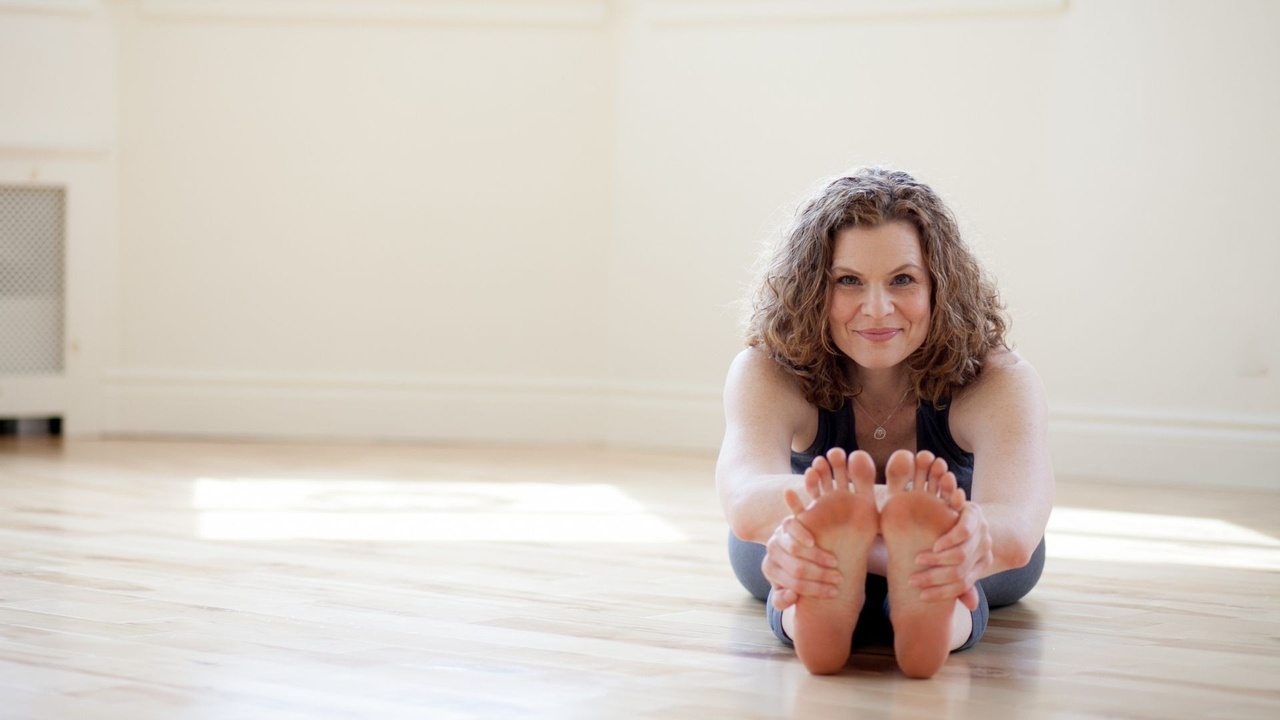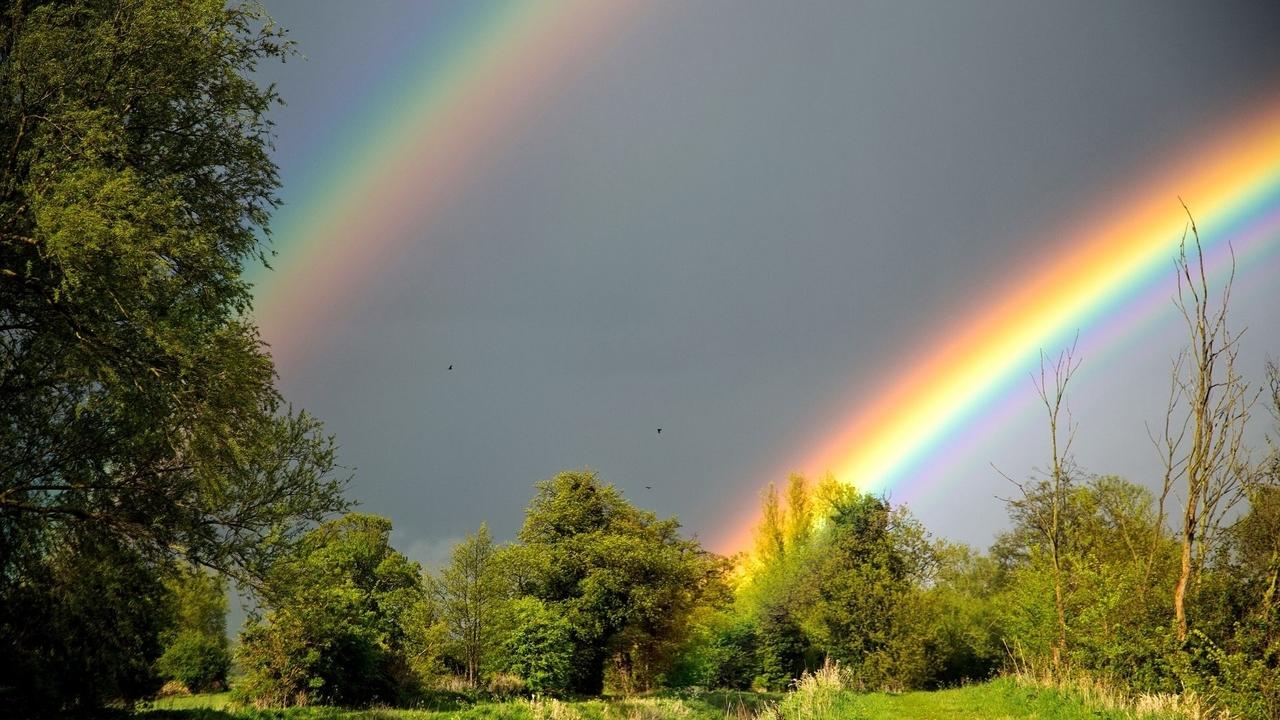Beyond Asana Blog
My weekly blog is a forum for contemplative inquiry into the intersection of yoga practice, traditional teachings, and real life.
Tonight is the Hindu celebration of Mahashivaratri. It is the night dedicated to Lord Shiva, who represents the divine, auspicious, and eternal essence that exists in all things. One of the traditional ways to honor this occasion is to chant Lord Shiva’s name throughout the night.
I first celebrated Mahashivaratri during my first monthlong visit to India in 1995. I still remember standing on the roof of a temple pavilion in the darkness of the early morning hours, listening to the sounds of Om Namah Shivaya being chanted in a courtyard below.
As the syllables of the mantra rose up into the night sky to be received by the heavens, I too was transported into a mystical, majestic, and pri...
A number of participants in our recent Triumphant Heart course on the Bhagavad Gita have confessed that they’ve fallen behind in our coursework (which isn’t a big deal, since students have full access to the course for one year.)
It's worth taking a closer look at the dreaded “falling behind.”
Here we are at the beginning of March (already!) It's just about that time when we might feel like we're lagging on projects we've started, plans we've made, or intentions we've set for ourselves.
I, myself, am already behind on an online program I’ve recently joined and on a number of other goals I have for this year.
I know the sheepish kind of energy that can come with confessing one has...
Live every day like it's your last, and one day you'll be right.
This was one of my father's favorite sayings. He always chuckled after he said it. Incidentally, it's memorialized on a customized mouse pad we inherited when he passed away (after a good and full life) in 2018. It's a daily reminder that he ended up, of course, being right.
Sometimes I think this is the understanding that gives you the biggest bang for your buck in terms of re-zooming your perspective, remembering what's really important, and living each day to its fullest.
No wonder the Buddhists make it a practice to contemplate their own death every day.
Acknowledging the fleeting nature of our human existence: W...
This winter, I’ve finally mastered the art of getting our wood-burning stove roaring and, not only that, keeping it hot all day. It’s amazing how, even when the fire appears to be nothing but ashes, all it takes is a little poking around and suddenly the ashes come back to their red-hotness, ready to ignite another log.
Of course, the heat was always there, it just needed a little nudge.
This strikes me as a useful metaphor for rekindling the spark of enthusiasm for yoga. The art of making your practices new - again and again and again – is something all long-time yogis get really good at doing.
After a while, you realize that enthusiasm is something you need to bring to your practi...
I was blown away when I read how Sophie Gregoire Trudeau began the foreword to my book, Evolving Your Yoga, by asking, “Do you love yourself?" (download the full text of her foreword here).
Little did she know that this exact question had been at the heart of my yoga journey from the start.
Although we’d been friends since she graduated (with high honors) from a teacher training I led in 2013, I’d never fully shared with her my own struggles with unworthiness, insecurity, and lack of self-confidence.
Like many women I know, I grew up feeling critical of my body shape and size. Strong and broad-shouldered, “big-boned” as adults liked to say, I felt self-conscious and uncomfortable in my...
This year marks 29 years of yoga practice for me. My practice has taken on many different forms and phases over this time. I’ve experienced seasons of rich expansion and weathered plenty of dry seasons too.
There have been times when I’ve had the luxury of practicing 2 hours a day, 6 days a week. And other times when I considered paying attention to my breath as I did the dishes my “practice” for the day.
But one thing I can say is that I’ve continued. Despite all the times I’ve been distracted, disconnected, unavailable, or simply uninterested, I’m still here.
This is why I know that yoga will always be there for me in some form. The past 29 years have taught me that I can count on m...
The Bhagavad Gita, arguably the most influential text of the Hindu tradition, starts with a yogi in crisis:
After becoming thoroughly disheartened with the world he lives in, Arjuna (the yogi) feels demoralized, disheartened, and deeply depressed. In his desperation, he turns to his guide and mentor, Krishna, and asks for help,
My mind is utterly confused. Tell me where my duty lies, which path I should take. I am your pupil; I beg you for your instruction. 2.7
This verse is a beautiful expression of a seeker’s yearning. What follows is Krishna's response that forms the exquisite and timeless teachings of the Gita.
Like many, Arjuna turns to the spiritual path as a response to pa...
Try to fathom the huge range of experiences of this pandemic:
Some of us are feeling bored and isolated at home.
Some of us are busier than ever.
Some of us feel like we’ve been given the gifts of time and space.
Some of us are struggling to put food on the table.
Some of us are putting our lives and the lives of our families on the line every day simply by doing our jobs.
It’s all true. And we can learn to hold all of it.
A reflective yoga practice starts where you are, but it doesn’t end there.
It’s about getting bigger. It's about going beyond yourself to hold the full spectrum of our collective experiences with sensitivity and compassion.
A double rainbow can be a harbinger of hope, a symbol of transformation, and a sign of good luck. Or it can simply be a cool phenomenon where the light is reflected twice in the raindrops so you see two different reflections, coming from different angles.
The point is that meaning is where you make it. And the meaning we assign to events goes a long way toward determining our experience.
One thing we know about what makes some people more resilient than others is that the ability to find meaning in adversity partly determines how we fare following that adversity.
Those who were able to find meaning in life despite the atrocities of the Holocaust, for instance, ended up being much more...
Let yourself be silently drawn by the stronger pull of what you really love. Rumi
As we close the page on this incredibly tough year, it’s understandable if mostly you just want it to be over.
But before you put 2020 in the dumpster and set it on fire, I bet there’s gold to be mined in the form of understandings and lessons learned.
Amidst all the challenge of the past year, many of you have shared with me the invaluable insights of this time:
- It’s become crystal clear what brings meaning to your life.
- You are stronger and more resilient than you might think.
- There are some things that don’t change, even when everything around you is changing.
- You don’t have fo ...










